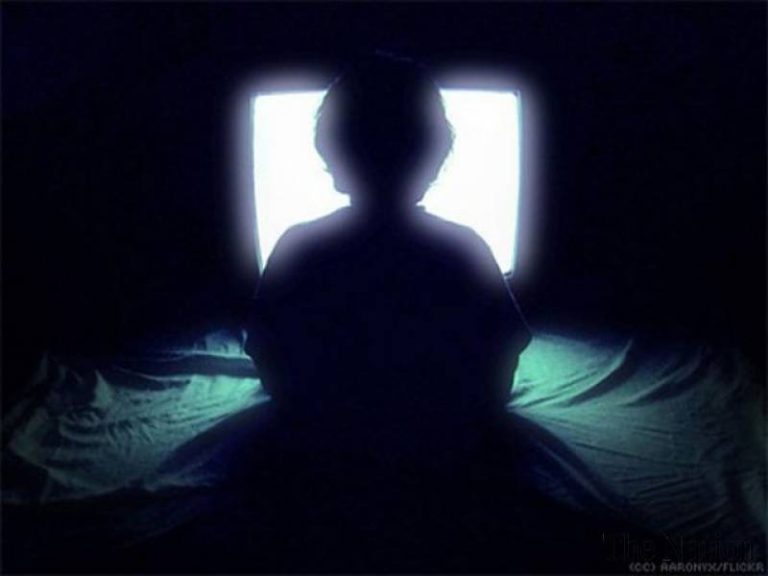Seasonal Affective Disorder – is it real?
Seasonal Affective Disorder (SAD) is a type of depression that has to do with changing seasons. In fact, in the Diagnostic Manual of Mental Disorders, it is referred as ‘Major Depressive Disorder with Seasonal Pattern.’ Individuals who suffer from SAD tend to experience changes in their mood, as well as having symptoms that are similar to depression. Symptoms tend to come out during the colder months of autumn and winter when there is less sunlight. Then, when spring arrives, symptoms would begin to improve.
What causes SAD?
The exact cause of SAD is not yet known but it tends to be linked to the reduced exposure a person has to sunlight. This causes the following effects to happen;
- Your body’s internal clock – sunlight is used to time different functions within your body, for example, when to wake up. This means that having less light, can disrupt your internal clock which leads to SAD.
- Loss of serotonin levels – serotonin is a hormone in your body which affects your appetite, mood and sleep. Reducing sunlight can cause your serotonin levels to also go down which may cause feelings of depression.
- Increase in melatonin levels – melatonin is a hormone which causes you to feel sleepy. The seasonal change can cause it to disrupt the balance of melatonin in our body which makes you feel sleepier and have a lower mood.
What are the symptoms?
Symptoms can vary depending on each individual. They can go from mild to severe, and some include the following;
- Losing interest in activities you used to enjoy doing.
- Persistently feeling sad or having a low mood.
- Change in your appetite, where you crave more carbohydrates and gaining weight.
- Sleeping for longer hours than is normal and still finding it difficult to wake up in the morning.
- Having feelings of worthlessness, hopelessness and even guilt.
How can you treat it?
The type of treatment depends on how severe a person’s symptoms are, and on whether they also have another type of depressive or bipolar disorder. Some symptoms can even improve on their own when the season changes, but treatment would help to improve the symptoms more quickly. Some examples of treatment include the following;
- Light therapy – this involves simply sitting in front of a special lamp called a light box which emits a bright light. A person would sit in front of it for around 30 minutes every day.
- Antidepressant medication – Selective serotonin reuptake inhibitors (SSRIs) are the most common type of antidepressants used to treat SAD. These help to increase the levels of serotonin in the brain.
- Talk therapy – talking to a therapist can effectively help treat SAD. It can help you become aware of your negative thoughts and actions, and then replace them with positive ones.
If you feel any of the above symptoms, seek help. Treating SAD can help prevent further complications to ensure you live a better life.
If you think that you can benefit from professional support on this issue you can reach out here.
Mandy Brincat is a Gestalt psychotherapist who enjoys working therapeutically with adults on various issues, such as general mental health and wellbeing. She also has experience working with anxiety, stress, relationship problems, victims of domestic violence and eating disorders.
References:
- American Psychiatric Association. (2013). Diagnostic and statistical manual of mental disorders (5th ed.). https://doi.org/10.1176/appi.books.9780890425596
- American Psychiatric Association. (2020). Seasonal Affective Disorder (SAD). Retrieved from https://www.psychiatry.org/patients-families/depression/seasonal-affective-disorder
- National Health Service. (2018). Overview – Seasonal affective disorder (SAD). Retrieved from https://www.nhs.uk/mental-health/conditions/seasonal-affective-disorder-sad/overview/







